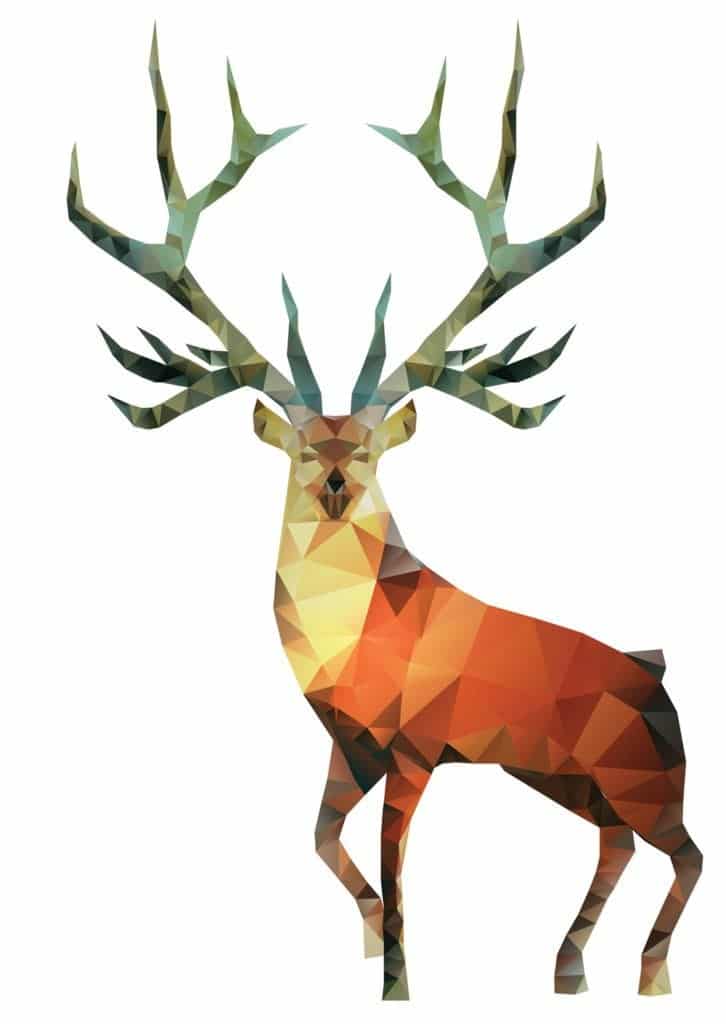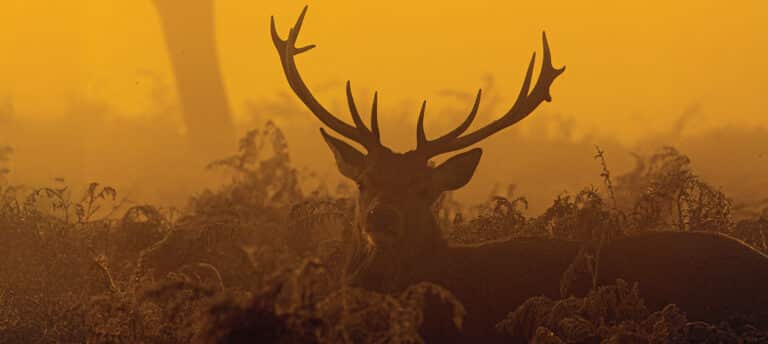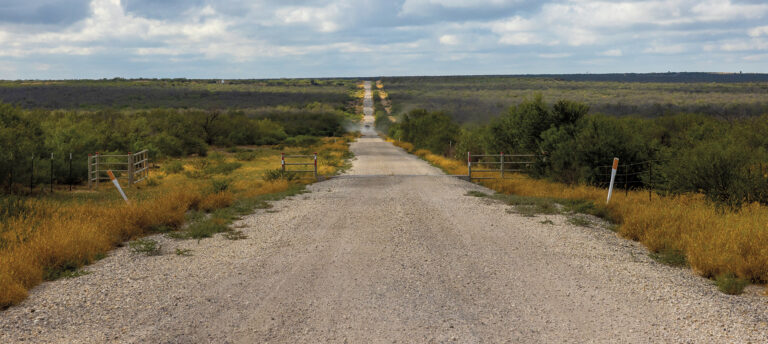
Written by Ruben Cantu and Greg Simons, Wildlife Biologists | Wildlife Consultants, Inc.
While white-tailed deer management is not rocket science, it is similar to chemistry. If you’ll think back
From the perspective of white-tailed deer, a ranch is a big, all-you-can-eat buffet. Plant diversity is important because deer, like people, have food preferences. They will continue to eat their favorites until those plants disappear, then they will move on to second and third preferences, eating until those plants are gone.
If there are too many deer visiting the buffet, the process will continue, until only the least desirable plants remain and the habitat is damaged. An empty buffet table provides inadequate nutrition, meaning bucks don’t develop big antlers and does can’t successfully raise replacement fawns. Poor nutrition can also increase susceptibility to parasites and disease.
The key to preventing habitat damage is figuring out how many deer a piece of land can support without causing any harm to the land or the plants on it. This common sense concept is called carrying capacity. Unfortunately, it is a not a static number, but one that changes based on rainfall, season, and a host of other variables. The number of white-tailed deer a piece of property can support is also affected by the presence of exotics and livestock.
Carrying capacity is not the same across the state or even across the neighboring fence line. On a low-fenced property, deer will range in and out depending on food availability and other factors, which creates a management challenge itself, but gives the landowner some built-in flexibility. On a high-fenced property, deer can’t range freely; therefore, the property owner must be vigilant and consistently manage the herd to prevent overpopulation and habitat damage.
Unlike cattle producers who can easily manipulate the number of animals up or down based on the amount of grass available, deer managers have a small window of opportunity each year to make population adjustments. As a result, successful deer managers estimate what the carrying capacity is during “normal” times and manage for a lower number. This creates a nutritional buffer for the drought years and “gravy” for the normal and good years.
To determine carrying capacity, wildlife biologists primarily rely on three tools: a browse survey, a population survey, and body condition. The browse survey allows biologists to determine trends in the utilization of native browse plants. By looking carefully at the condition of the vegetation, biologists can determine whether there are too many deer or an appropriate number.
Population surveys provide a baseline estimate of deer density and herd composition. The most common survey techniques are spotlight surveys, helicopter surveys, and a game camera surveys. None of the methods is 100 percent accurate because it is impossible to see every single deer on a piece of property, so the data is extrapolated using mathematical formulas for a fact-based estimate. Different methods are more effective in different habitat types. Evaluating wildlife population survey data is equal parts art and science.
Each survey method has its own strengths and weaknesses. Spotlight surveys are most useful for estimating deer densities, but can be highly variable. Helicopter surveys excel at providing unbiased herd composition characteristics, such as sex ratios, fawn production, buck maturity and antler quality categories. Camera surveys do a good job of showing deer managers the herd’s buck quality and age classification and providing a good density estimate. Different methods are more effective in different habitat types. For instance, a helicopter survey is very effective on large tracts in brushy country, but ineffective in tall, thick timber.
Regardless of the survey method chosen, the collected data is analyzed, providing deer managers with:
- the deer density, the number of acres/deer and the number of acres/adult deer;
- doe:buck ratio, the number of does in comparison to the number of bucks;
- fawn:doe ratio, the number of fawns in comparison to the number of does;
- and herd composition, the percentage of bucks, does and fawns in a herd, and age distribution on bucks.
Once the overall deer numbers are established, the next step depends on the deer manager’s objectives. An individual’s objectives will help determine how many deer of each sex will be classified as excess, creating a recommended harvest quota. For instance, a deer herd that is being managed to produce the maximum number of harvestable bucks, regardless of age, will have a different sex ratio than a deer herd that is being managed to produce high-quality, older bucks.
The sex ratio is more commonly known as the doe:buck ratio, which as we said before is the number of does in comparison to the number of bucks. In most situations, deer managers are trying to tighten the ratio, moving the herd composition toward 1:1 ratio, which is an equal number of does and bucks.
Generally, the tighter the ratio, the more bucks a deer manager has available for harvesting. For example, on a piece of property with a 100-animal carry capacity, a 1:1 ratio creates a deer herd with 50 does and 50 bucks. If the ratio is 3:1, the herd’s composition will be 75 does and 25 bucks. Please remember, carry capacity is a slippery number, so do not become too fixated in looking at this in an absolute sense.
Just as habitat is in constant change, the population and sex ratio change slightly every time a doe gives birth to a fawn or fawns. A tighter ratio allows the deer manager to harvest selectively from older and younger age classes as the carrying capacity is maintained. A wider ratio, on the other hand, forces managers to dig more deeply into the herd, including potentially harvesting fawns of both sexes, to maintain the carrying capacity.
A tighter sex ratio also limits the herd’s reproductive potential, meaning that deer managers will generally have to harvest fewer does each year. Long-time deer enthusiasts will confirm that intensive doe harvest can quickly become work.
As a side note, keeping good, consistent harvest records, especially ages and body weights, provide valuable information to help asses carrying capacity over time. Descending body weights relative to age categories often signal that there are too many animals competing for limited food. This provides an additional consideration when evaluating carrying capacity.
Striking the proper balance between population and habitat means that both your deer herd and your land remain in optimal condition.
Rules of Thumb
While population management strategies are specific to managers’ properties and their goals, there are some rules of thumb.
- If the goal is managing for quality, mature bucks, generally no more than 20 percent of the herd’s estimated buck population should be harvested, or no more than 50 percent of the mature age class bucks.
- If the goal is managing for optimum buck harvest, including males from both older and younger age classes, generally no more than 33 percent of the herds’ estimated buck population should be harvested.
- If the goal is managing for maximum harvest production, generally up to 50 percent of your estimated buck population can be harvested. The buck herd, over time, will become increasingly younger, eventually resulting in a seasonal harvest of primarily yearlings and two-year-olds.


